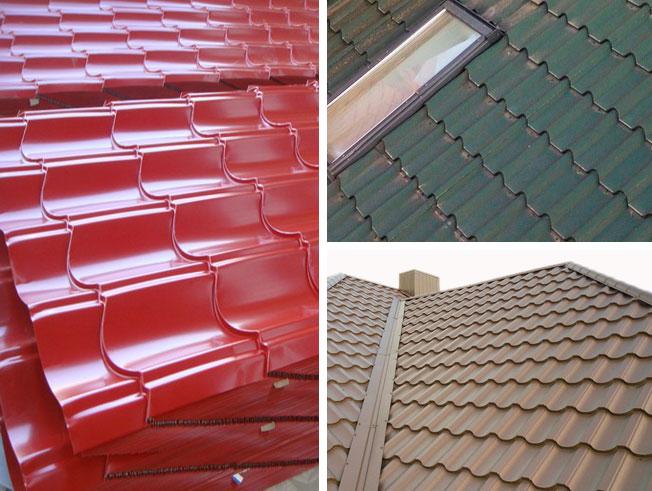Roof inspections are essential for identifying potential points and ensuring the longevity of your roof. Regular inspections may help detect issues early, stopping pricey repairs or replacements down the line. Here are some frequent strategies and steps for conducting a roof inspection:
Visual Inspection:

a. Exterior Inspection:
Start by analyzing the roof from the bottom utilizing binoculars or by safely climbing onto a ladder to get a closer look.
Look for visible indicators of injury, such as missing or broken shingles, curling or buckling shingles, or free or deteriorated flashing round roof penetrations.
Check for particles, moss, algae, or lichen development on the roof, which may indicate moisture-related issues.
Inspect the gutters and downspouts for granules from shingles, as extreme granule loss can sign shingle wear.
b. Interior Inspection:
Go into the attic or crawl house and inspect the underside of the roof deck for indicators of leaks, moisture, or water stains.
Look for daylight coming by way of cracks or holes in the roof deck, which may point out roof injury.
Check for https://roofrestorationcampbelltown.com.au/aluminium-roofing/">Get more information of insulation injury, mildew, or mildew growth, which might result from roof leaks.
Roof Walk:
a. If it is safe to do so, stroll on the roof floor to examine it up close.
b. Be cautious and wear appropriate security gear, corresponding to non-slip sneakers and a security harness if wanted.
c. Look for any delicate or spongy areas, which may point out underlying injury.
d. Check for unfastened or broken roofing materials, as properly as signs of wear and tear and tear.
Moisture Detection:
a. Use a moisture meter to detect hidden moisture throughout the roof structure and insulation.
b. Moisture detection may help establish leaks or areas of potential water intrusion that may not be seen.
Drone Inspection:
a. Drones geared up with cameras can provide a complete view of the roof floor with out the need for direct bodily access.
b. A drone inspection could be particularly helpful for larger or hard-to-reach roofs.
Professional Inspection:
a. Consider hiring an expert roofing contractor or inspector to conduct a thorough inspection.
b. Professionals have the expertise, instruments, and experience to determine issues that is in all probability not obvious to a home-owner.
Documentation:
a. Document your findings with pictures and notes to create a record of the roof's condition.
b. This documentation could be helpful for tracking adjustments over time and for insurance coverage claims or repairs.
It's necessary to perform roof inspections often, ideally at least annually, and after severe climate occasions like storms. Additionally, when you're not comfortable or confident in your capability to carry out a roof inspection safely, it is advisable to rent a certified roofing professional to ensure a radical and correct assessment of your roof's condition..
